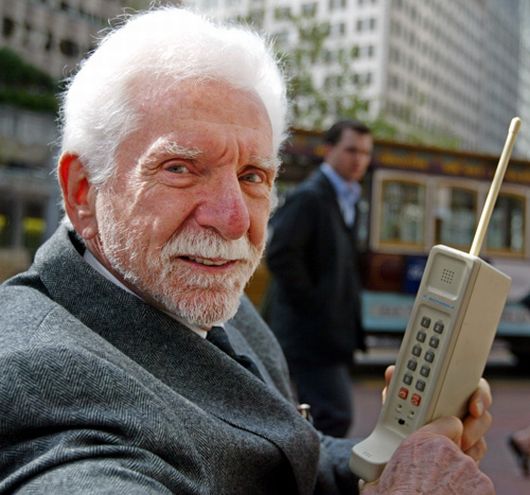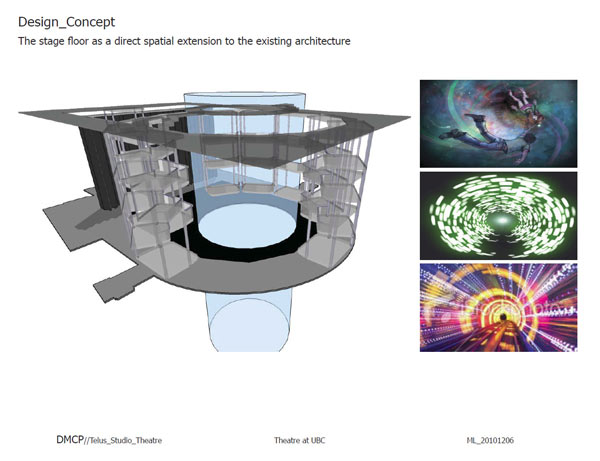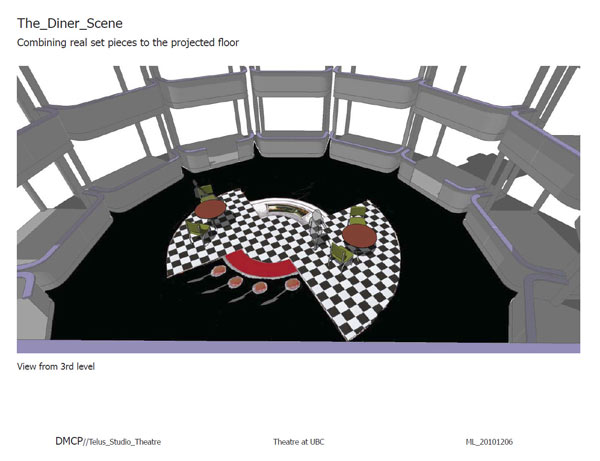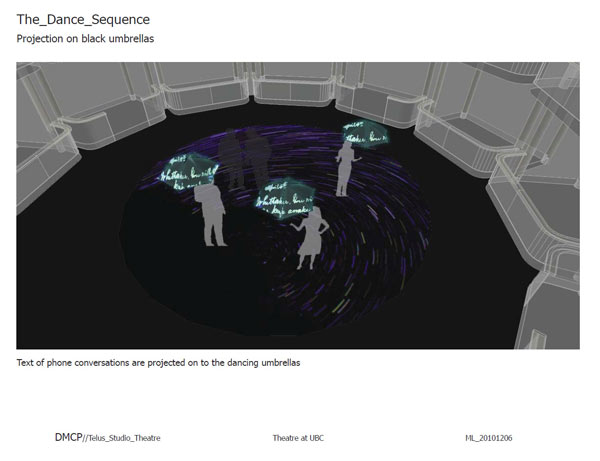Mobile Telephones – Past, Present and Landfill
Friday, January 14th, 2011In anticipation of our opening next week for Sarah Rhul’s biting satire Dead Man’s Cell Phone here are a few heady facts about the evolution of mobile phones:
The first mobile telephone call was made from inside a car in St. Louis Missouri on June 17, 1946, but it was far from what we think of as a portable handset today. The car mounted equipment weighed 80 lbs, and the AT&T service, basically a massive party line, cost $30 per month plus 30 to 40 cents per local call.
Father of the handheld
The first handheld mobile phone was demonstrated by Dr. Martin Cooper (Born 1928) of Motorola in 1973, using a handset weighing 4.4 lbs. Cooper, then general manager of Motorola’s Communications Systems Division carried the hefty cell phone through New York City and placed a call to his rival, Joel Engels at Bell Labs via a connection to Engels’ land line. Dr. Cooper later revealed that watching Captain Kirk talking into his communicator on the tv show Star Trek inspired him to research the mobile phone.
Producing that first phone in 1973 cost Motorola the equivalent of $1m in today’s currency and the battery lasted 20 minutes, after which you needed to recharge it for 10 hours.
Ten years later Motorola released the first commercially available mobile phone, the DynaTAC 8000x. The cost was equivalent to more than $10,000 today and the phone weighed in at 2.5 lbs. Luckily yuppies had shoulder pads on which to rest the hefty devices.
Today 71% of Canadians either own a cell phone or plan to buy one in the near future.
“The cellphone in the long range is going to be embedded under your skin behind your ear along with a very powerful computer who is in effect your slave”. – Martin Cooper, inventor of the mobile phone
Re-use, Reduce – and please Re-cycle
40,000 cellphones are thrown out across Canada every day, according to the Recycling Council of B.C. Only 12% of used mobile devices in Canada are currently being recycled; the rest are stored, sold, gifted or thrown out.
Mobile phones contain toxic substances that need to be disposed in a safe manner. Some dangerous components include cadmium, copper and nickel, which should not be normally disposed of as trash. Each phone contains about a dollar’s worth of precious metals, mostly gold. More than 95 per cent of the materials in an average mobile device are recyclable.
If you want to know where to recycle your phone go to RecycleMyCell.ca and enter your postal code to find the closest drop off centre, or call 1-888-797-1740 for more information. Nationwide this re-cycling program collected 345,694 cell phones collected in 2009 alone (its first year) – that’s 69.1388 tonnes of cell phones.
—
Note: Dead Man’s Cell Phone opens January 20, 2011. To see production photos, designers’ portfolio and more go to the Dead Man’s Cell Phone show site. Tickets are Reg. $22/Senior $15/Student $10 and are available online.




